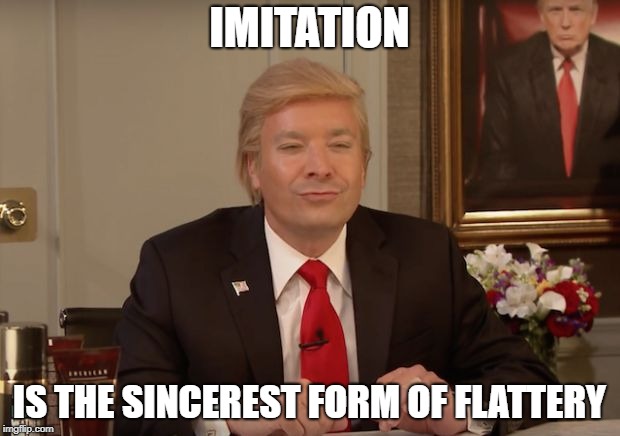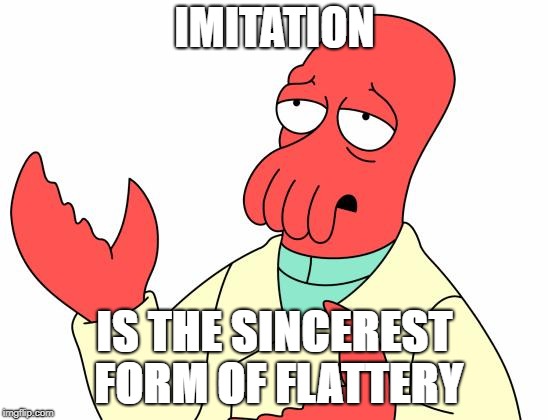
Looking at C# 12 Proposals and Beyond
C# has been through a lot of change in the last decade. From open-sourcing the language to a new cross-platform framework to yearly releases instead of 3-year iterations. Meanwhile, new languages, new frameworks, and new paradigms have taken off in the software industry, including the rise in popularity of Node.js , TypeScript, Kotlin, Rust, Go, and Python. Through it all, C# and .NET stayed relevant and popular . In this blog post, we’ll glimpse the day-to-day activity and challenges the C# language design team faces.

Extension Methods Guidelines in C# .NET
Extension methods are awesome, right? They are probably most widely used in the LINQ feature. But when should we use them? And when shouldn't we? Let's talk guidelines.

C# Features: Innovations or Imitations? – Part 3
Initially, C# was born as a strictly typed object-oriented language. It was influenced somewhat by Java and Delphi and was even called a Java imitation by...

C# Features: Innovations or Imitations? – Part 2
In part 1 , we saw how C# has evolved from its inception in 2000 to the C# 3.0 release in 2008. C# did not introduce a revolutionary syntax or even revolutionary features. Instead, C# imitated most of its features from C++, Java, Scala, and several other languages. As is the Microsoft way, C# imitated many things but did it better than original. The most outstanding example of that is Generics.

C# Features: Innovations or Imitations? - Part 1
Around the year 2000, Microsoft developed the C# language (led by Anders Hejlsberg ). This language, along with the .NET framework had a significant strategic purpose. Microsoft would create a better language tied to Windows, driving customers to the Windows ecosystem and Microsoft products. Perhaps this was part of the notorious Embrace, extend, and extinguish Microsoft strategy (now in the past). This development came in response to Java, which has gained enormous popularity by then.
